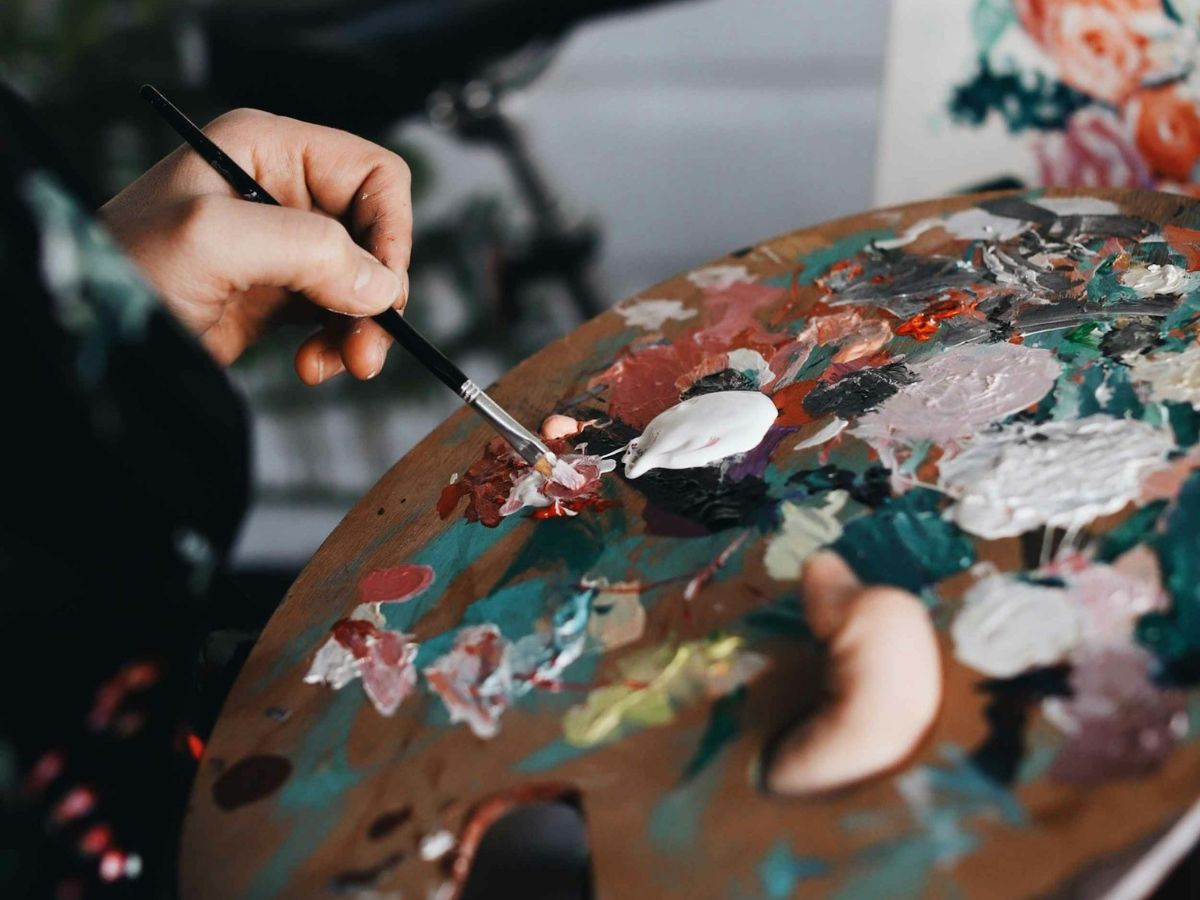
How to Overcome the Struggle with Artistic Originality
The pursuit of originality is a challenge many artists face at various points in their careers. With the wealth of art history and modern influences around us, it’s easy to feel that everything has already been done. Yet, originality doesn’t always mean reinventing the wheel—often, it’s about how you interpret and remix existing ideas in your unique voice.
The Myth of Total Originality
The idea of total originality can be paralyzing for artists. No art is created in isolation. Throughout history, artists have borrowed, reinterpreted, and paid homage to those who came before them. Even artists like Monet and Duchamp, whose works were initially rejected, later sparked entire movements.
The need for originality is often driven by societal pressures and the misconception that great art must be radically different from everything else. However, originality is more about expressing your perspective.
Take Vermeer’s Girl with a Pearl Earring, which was once dismissed as unremarkable, but is now one of the most celebrated paintings in the world. This teaches us that even if your work doesn’t seem groundbreaking at first, it may evolve into something revered in time.

Borrowing vs. Innovating
A powerful case study illustrating the value of reinterpretation is the evolution of modern art. Marcel Duchamp’s Fountain, a simple urinal, shocked the art world. However, what made it groundbreaking wasn’t the object itself, but Duchamp’s challenge to the concept of what constitutes art. He forced viewers to reconsider their definitions of originality and creativity.
Another example is Claude Monet’s Impression: Sunrise. Critics ridiculed the painting for its loose, unfinished style, yet it laid the foundation for the Impressionist movement, which redefined art in the 19th century.
Both Duchamp and Monet faced harsh criticism early on but are now considered icons of innovation, proving that new approaches to old concepts can lead to revolutionary ideas.

Tapping into Your Unique Experience
Instead of striving for what you perceive as complete originality, tap into your unique experience and voice. Even if the subject matter is familiar, your personal interpretation can breathe new life into it. As many artists have learned, the goal is to express something personal and authentic rather than seeking to break every convention.
For example, Picasso’s Guernica was not the first anti-war artwork, but its visceral emotion and cubist style made it uniquely powerful. Similarly, your art can reflect contemporary issues, personal stories, or emotional truths that resonate with your audience.
Finding Inspiration in Failure
Finally, don’t fear failure or rejection. Many masterpieces were initially dismissed, and what might seem derivative today could be viewed as revolutionary tomorrow. The creative process involves trial and error, and each “failure” brings you closer to your authentic voice.